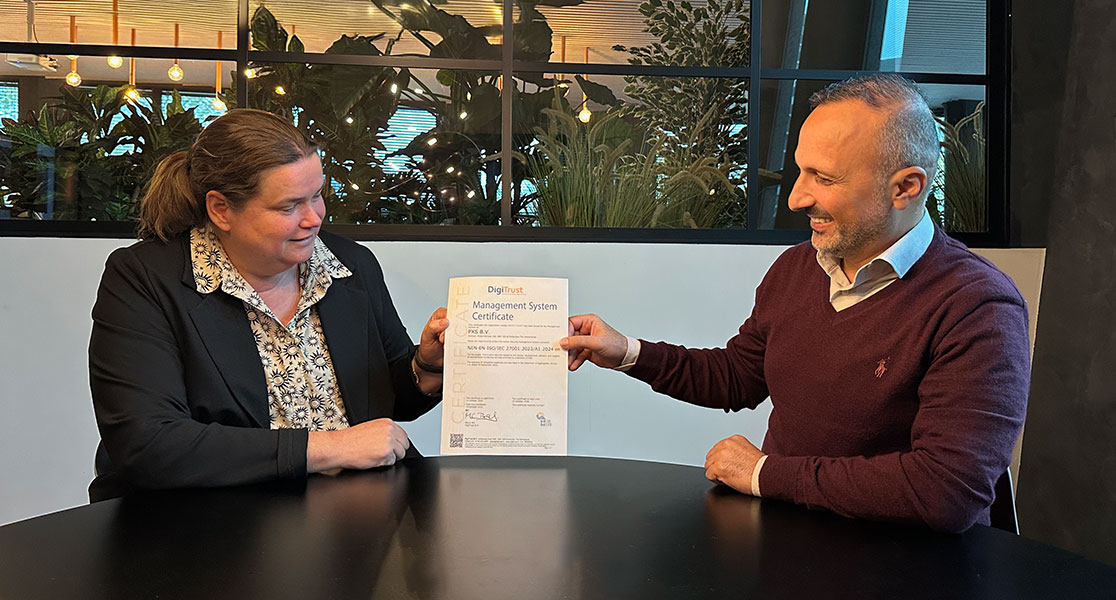Roadmap to future-proof telecom regulations: four key pillars

Marc Kruijs
Chief Commercial Officer at PXSIn a telecom market characterized by rapid technological change and shifting customer expectations, it can be difficult for regulators to keep up. What consumers want, expect and need changes fast. How to stimulate innovation, while safeguarding citizens at the same time? In this blog, I will introduce four key pillars to modernizing regulations.
1. Strive for standardization
Numbering services like number portability, number management and SIM registration have developed into standardized solutions, applying international best practices and deploying modern yet proven technology. That approach reduces regulatory compliance costs, lowers operational costs, and increases industry agility.
Still, there’s a tendency in various markets to reinvent the wheel, often justified by arguments setting their market apart from others. That results in an over-complicated, costly regulatory framework relying on customization rather than standardization.
Of course there are cultural, demographic, economic, political and geographical differences between countries. But these differences are usually overestimated and no argument to miss out on best practices (or experiences) from similar countries or regions.
2. Use modern yet proven technology
Although the use of modern technology is part of a healthy strategy, regulations typically don’t lead innovation. There’s a case to be made for that: deploying technology should be based on experience and best practices, and never be an objective on itself.
Still, regulators should be cautious of running behind. Stay aware of upcoming technologies, and have a response prepared when they emerge. That requires agile, flexible and modern regulations, to quickly respond to technological change or shifting consumer demand.
It’s also important to align existing implementations with best practices developed over time. Although Germany was one of the first to implement number portability, they did it in a decentralized way. This was never changed, resulting in high operational costs for operators.
A future-proof regulatory framework allows proven technology at the right time, aligned with industry needs.
3. Data protection by design
Protecting data should revolve around one question: which personal data is strictly necessary to fulfill the purpose of processing? We strongly advocate for minimizing data exchange, since it’s a key principle of the European General Data Protection Regulation (GDPR).
Data minimization contributes to a digital environment where privacy is not restored after the fact, but respected from the start. Still, some countries have regulations in place that encourage the exchange of sensitive data. This is apparent when copies of passports and IDs are forwarded during a number porting, to verify the identity of the consumer.
The only information needed for a successful porting is the number to be transferred, the type of service and a confirmation that identify verification has taken place. Nothing more is needed, so nothing more is asked. That’s privacy by design.
4. Customer experience first!
Consumers and citizens are the key stakeholders for whom regulations exist. The regulatory framework should make their lives easier, not work against them. Regulations created with the consumer in mind prioritize equal access, transparency and freedom of choice.
Number portability puts that principle into action, giving consumers one phone number for life. It enforces the idea they are in control of their digital identity, increasingly important for two-factor authentication over SMS and mobile money services, among other things.
This freedom directly strengthens the market. When consumers can change providers effortlessly, operators must compete on service quality rather than consumer lock-in. Either by reducing prices, better customer service, maximizing coverage or simply by improving their products. All this creates a competitive market benefiting both consumers and the industry.
Shaping future-proof regulations
Curious how regulators around the world are putting these four pillars into practice? In our whitepaper, we line up real-life examples, pitfalls and proven strategies. Strengthen your regulatory framework and download the whitepaper for free.
Latest Posts
Explore our knowledge base

PXS achieves ISO 27001 certification
We're proud to share that PXS is now ISO27001 certified, the international standard for information security management.
Read more
What we learned at MWC Kigali 2025
It was great to be back at MWC Kigali, alongside my colleagues Bart Derks and Jasper Maarschalkerweerd.
Read more
Roadmap to future-proof telecom regulations: four key pillars
How to stimulate innovation, while safeguarding citizens at the same time? In this blog, I will introduce four key pillars to modernizing regulations.
Read moreGet in control of your numbers
Get started with numbering services today! Contact one of our experts to discuss your business case.